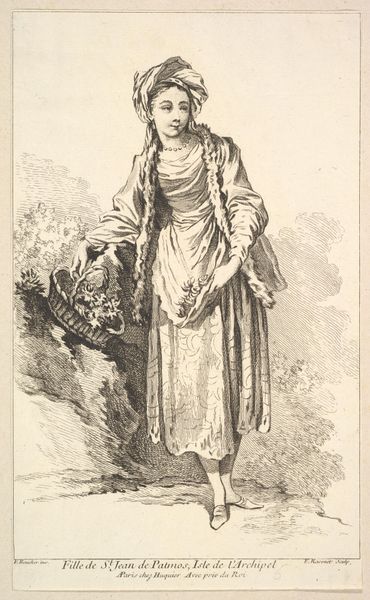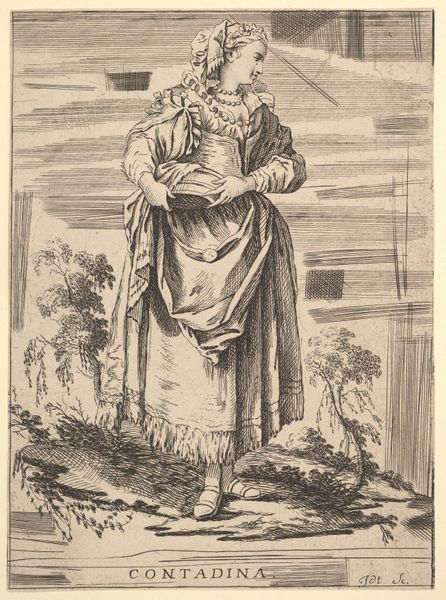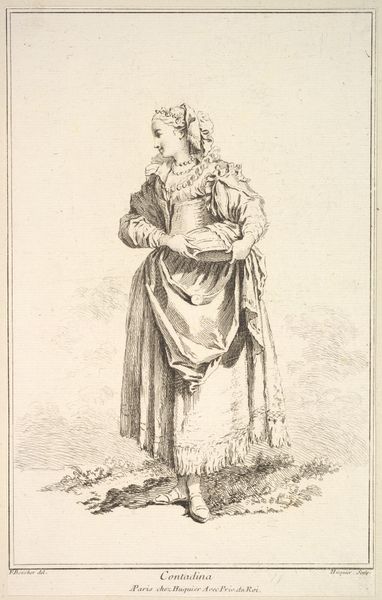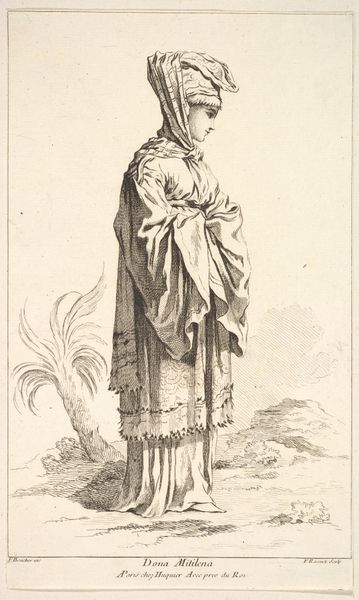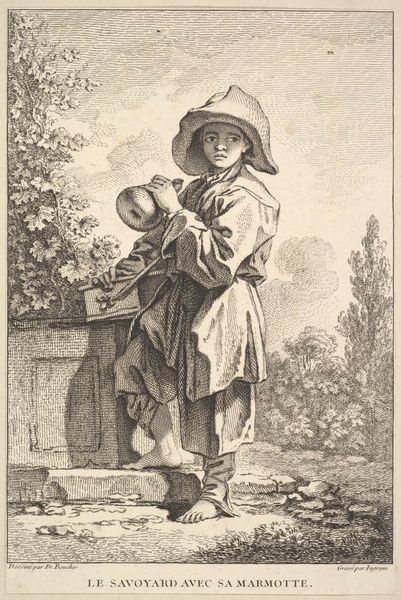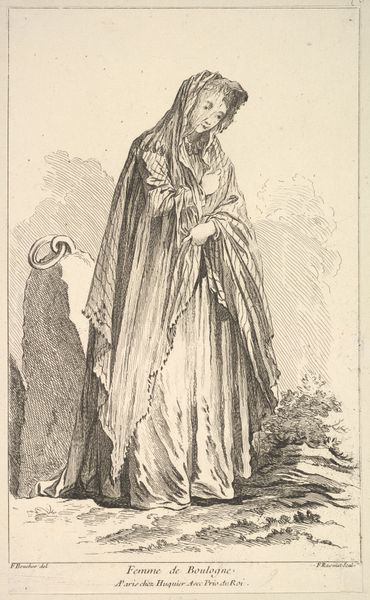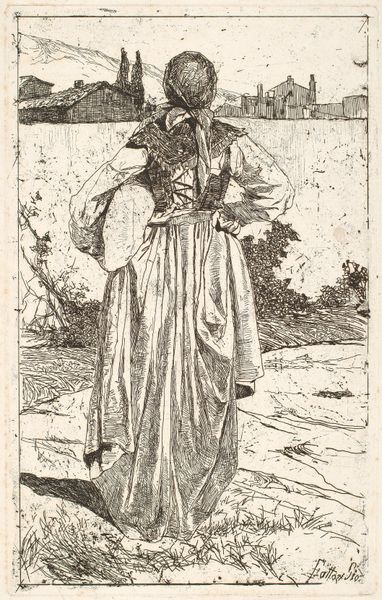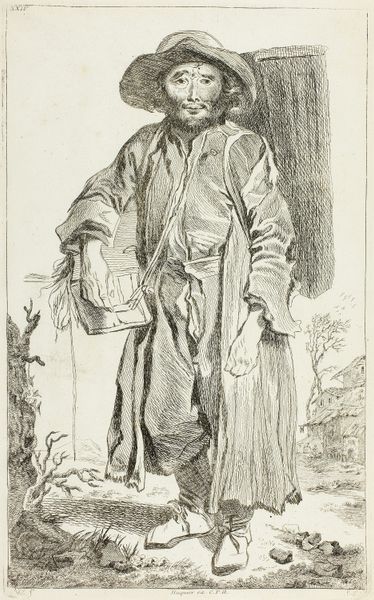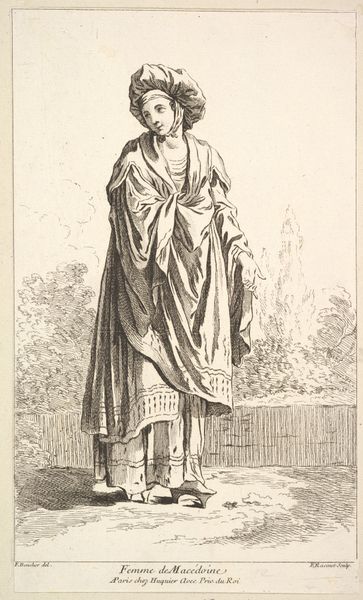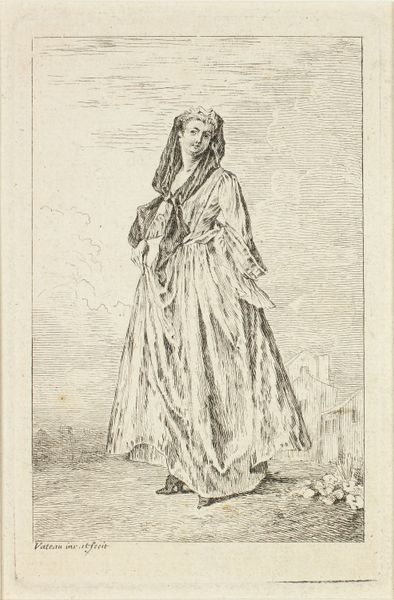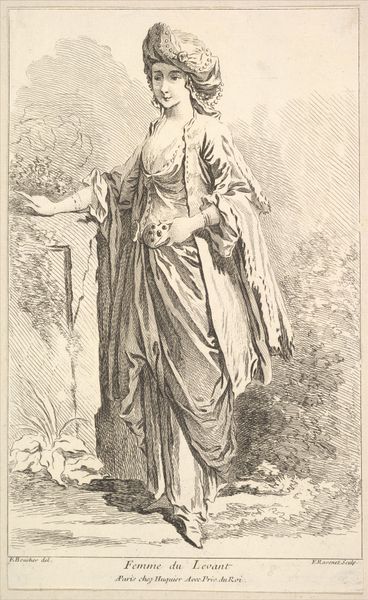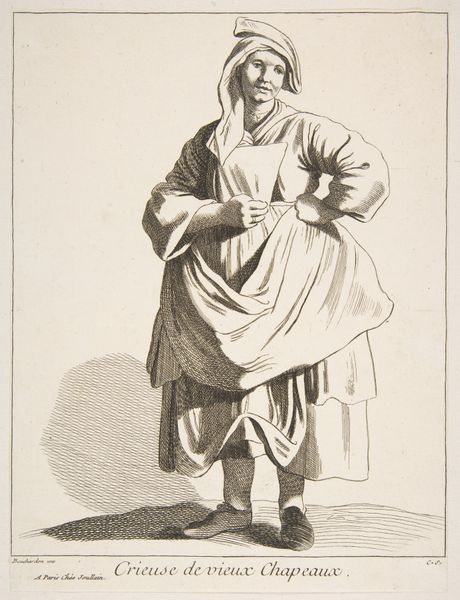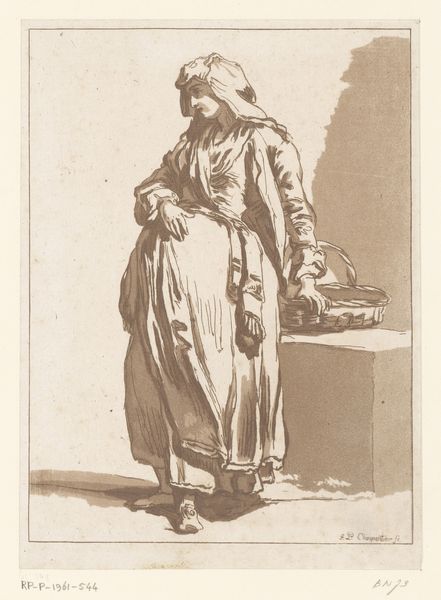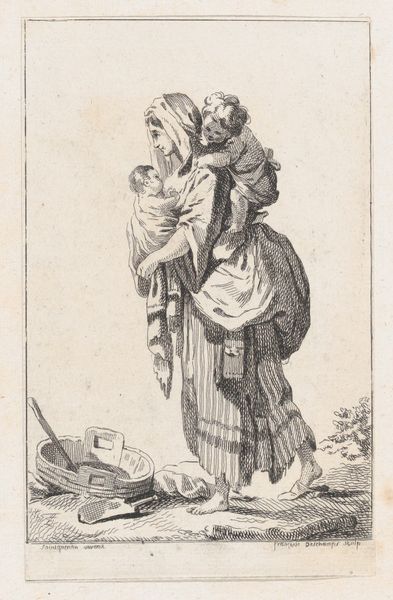![Fille de Cio isle de l'Archipel, from Recueil de diverses fig.res étrangeres Inventées par F. Boucher P.tre du Roy et Gravées par F. Ravenet (Collection of Various Foreign Figures, Devised by F. Boucher, Painter of the King and Engraved [etched] by F. Ravenet), plate 10 by Simon Francis Ravenet, the elder](/_next/image?url=https%3A%2F%2Fd2w8kbdekdi1gv.cloudfront.net%2FeyJidWNrZXQiOiAiYXJ0ZXJhLWltYWdlcy1idWNrZXQiLCAia2V5IjogImFydHdvcmtzLzI2NzNkYzMyLWEzNjgtNDNjZS04MzhhLWU3OTc2ODJlYmQzOC8yNjczZGMzMi1hMzY4LTQzY2UtODM4YS1lNzk3NjgyZWJkMzhfZnVsbC5qcGciLCAiZWRpdHMiOiB7InJlc2l6ZSI6IHsid2lkdGgiOiAxOTIwLCAiaGVpZ2h0IjogMTkyMCwgImZpdCI6ICJpbnNpZGUifX19&w=3840&q=75)
Fille de Cio isle de l'Archipel, from Recueil de diverses fig.res étrangeres Inventées par F. Boucher P.tre du Roy et Gravées par F. Ravenet (Collection of Various Foreign Figures, Devised by F. Boucher, Painter of the King and Engraved [etched] by F. Ravenet), plate 10 1710 - 1772
0:00
0:00
drawing, print, etching
#
portrait
#
drawing
#
baroque
# print
#
etching
#
figuration
#
genre-painting
#
history-painting
Dimensions: Sheet: 10 5/16 x 6 5/16 in. (26.2 x 16 cm)
Copyright: Public Domain
Curator: Before us we have an etching titled "Fille de Cio isle de l'Archipel", which translates to "Girl from Chios, Island of the Archipelago." It was conceived by François Boucher, Painter of the King, and etched by Simon Francis Ravenet. Its creation dates between 1710 and 1772. Editor: My goodness, she's ethereal, like a daydream spun from moonlight. The way the fabric drapes and pools around her—it’s so…delicate. Curator: Indeed. The flowing lines and intricate details reflect the Baroque style, but there is something else here too. Let's consider Chios and the Archipelago, what we now call the Aegean Islands. France, even then, had a vision, sometimes exoticizing its holdings through costume. Editor: I love the slight melancholy in her posture. It's almost as if she knows she's part of this exotic vision you describe. The elaborate headwear and the carefully patterned dress aren’t necessarily an expression of identity so much as performance of one, don't you think? Curator: Absolutely, and let’s also think about it as a form of classification. This image can also serve as an imagined, ethnographic record rooted in its colonial perspective. Editor: And Ravenet, as the engraver, brilliantly captures Boucher’s intent. There's a dance between artist and artisan, right? Between the intended art, the idea, and the re-telling and redrawing, in someone else's vision and skill. It’s a ghost of the idea itself, captured on paper, this vision of a girl from Chios, rendered for a Parisian audience. It almost reminds me of fashion illustration of that era. Curator: The level of detail achieved through etching is quite remarkable. This wasn’t just about aestheticizing difference but, crucially, commercializing it, with prints becoming highly accessible, purchasable representations of distant cultures. Editor: Makes you think about where she really was, that "fille." I wonder if her face truly launched a thousand ships to Paris salons... or, you know, just this etching! There’s such yearning in those details. Curator: Ultimately, we’re confronted with how perceptions of "the other" are carefully constructed and disseminated through art. The image is more than just portraiture—it's a projection of power. Editor: Makes me want to chuck all my belongings into a trunk and find the real "fille." Thank you.
Comments
No comments
Be the first to comment and join the conversation on the ultimate creative platform.
